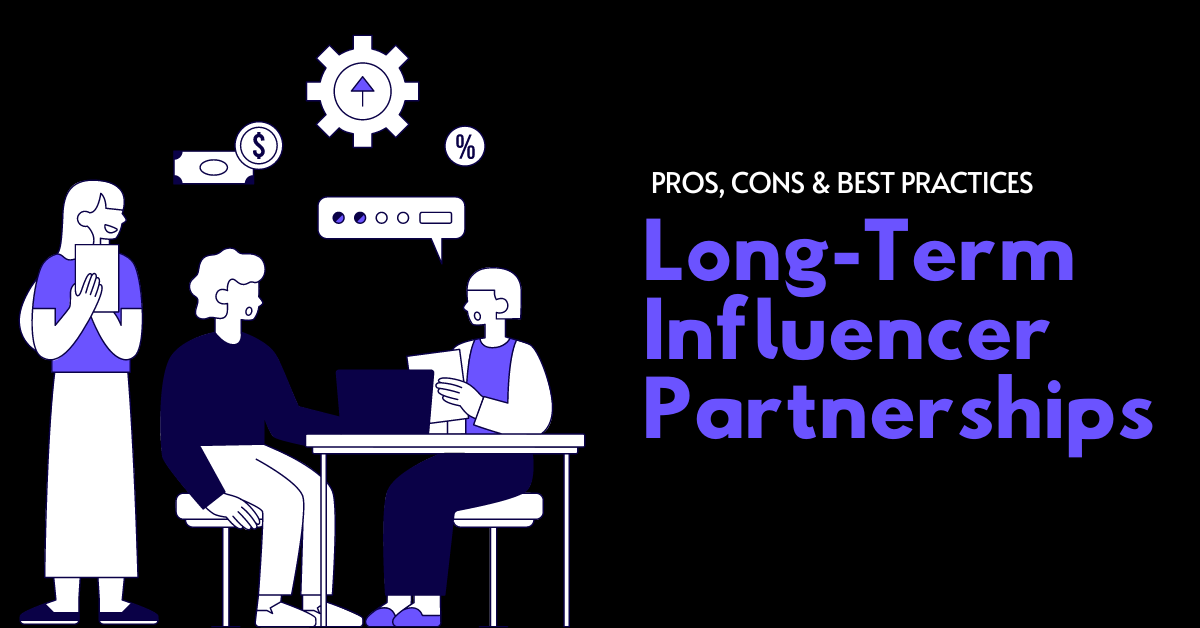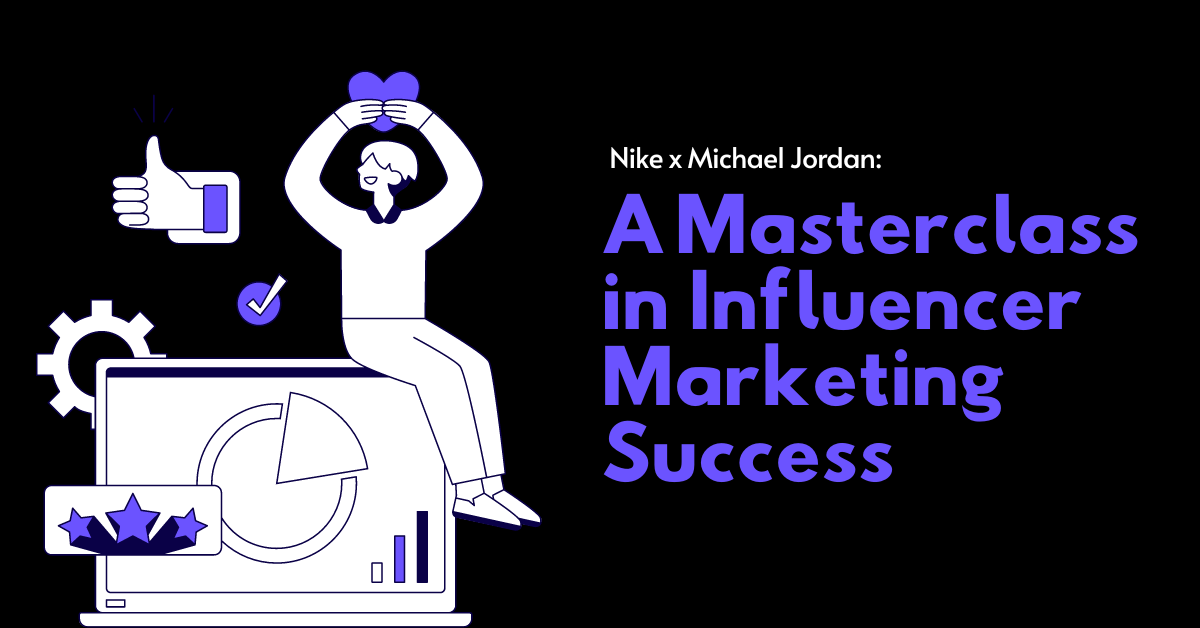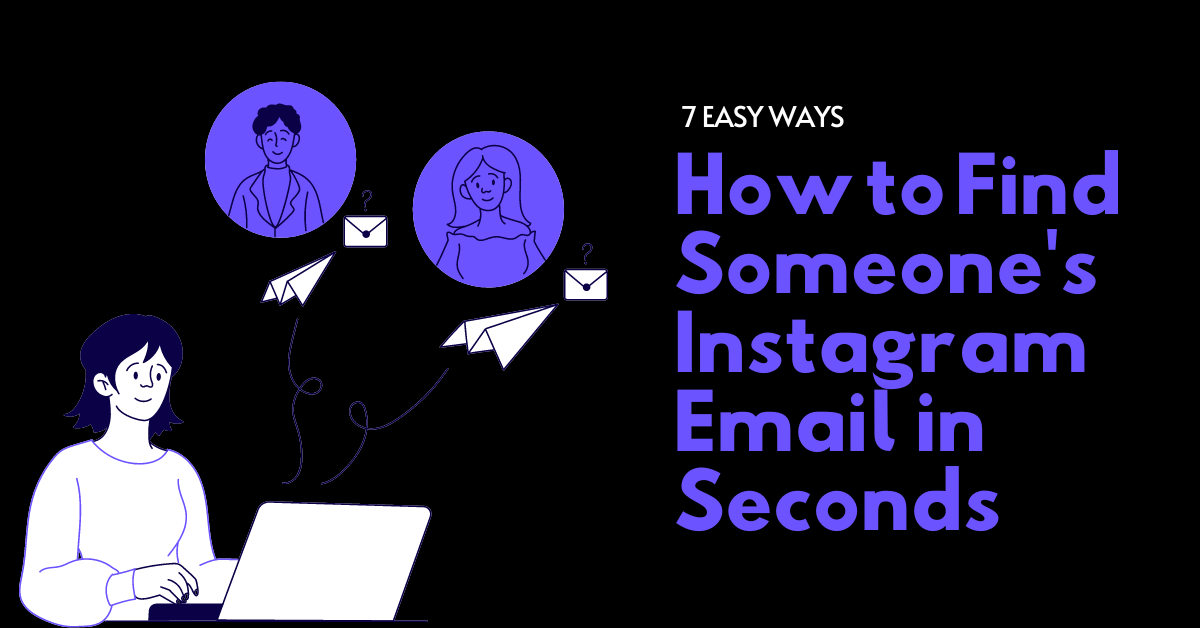One Influencer Marketing strategy that is rapidly gaining traction and reshaping the industry is: long-term influencer partnerships. The days of quick hits and one-off influencer collaborations are fading fast. Brands and influencers alike are waking up to the power of sustained strategic long-term influencer relationships that go beyond the typical “post and ghost” approach. Influencers have transitioned from being mere advertising tools to true brand partners, contributing real value and driving growth over months and years, not just during campaign cycles.
Why the shift? It’s simple: authenticity sells. A genuine, long-term partnership between a brand and an influencer can lead to deeper audience engagement, more impactful endorsements, and better ROI for brands willing to play the long game.
However, like any marketing strategy, long-term partnerships come with their own challenges and considerations. In this blog post, we will break down the pros, cons, and best practices of long-term influencer partnerships, and show you how Creable can help you increase your Influencer Marketing ROI.
What Are Long-Term Influencer Partnerships?
Long-term influencer partnerships are ongoing collaborations between brands and influencers that extend beyond a single campaign or post. They involve much more than just a series of sponsored content spread out over time.
At their core, these partnerships are strategic alliances where influencers become true brand ambassadors. We’re talking about relationships that can span months or even years, where the influencer doesn’t just promote a product, but becomes an integral part of the brand’s marketing strategy.
Unlike one-off collaborations, which are often transactional, long-term partnerships allow influencers to truly understand and authentically represent the brand. This results in content that resonates more deeply with their audience. By continuously engaging with the same influencers, brands can enhance trust and credibility over time.
When to Consider Long-Term Influencer Collaborations
So, when should you consider moving from one-off posts to a more committed Influencer strategy?
Consider long-term partnerships if:
- You want to build brand awareness, trust, and loyalty over time. These collaborations allow influencers to weave your brand into their content organically, creating a more authentic connection with their audience.
- Your product or service is complex or high-ticket and benefits from in-depth explanation or has a long consideration period before purchase. An influencer familiar with your offering can educate their followers much more effectively than someone just briefed for a single post.
- You need consistent promotion throughout the year, especially if your product or service is not significantly affected by seasonality. Long-term influencer partnerships help with consistent messaging and maintaining a steady presence in your target audience’s Social Media feeds.
- You have the budget to invest in long-term relationships and your team can dedicate time and resources to managing ongoing influencer partnerships.
Ultimately, you need to determine which type of collaboration makes sense for your brand. Aligning your campaign goals, product or service, and budget with the right influencer strategy is crucial to maximizing the impact of your Influencer Marketing efforts and achieving sustained growth.
By carefully considering these factors, you can decide if long-term influencer partnerships are the right move for your brand’s marketing strategy.
The Pros of Long-Term Influencer Partnerships
Long-term influencer partnerships aren’t just a trend – they’re a powerful strategy that can significantly increase your Influencer Marketing ROI.
Here are the key benefits driving brands to jump on board:
1. Authenticity
When an influencer sticks with your brand for the long haul, their ongoing praises, references, and endorsements feel less like ads and more like genuine recommendations. Their audience picks up on this authenticity, and suddenly, your brand message carries a whole lot more weight. This contrasts sharply with influencers who quickly switch between promoting competing products, which can appear inauthentic and lead to a loss of trust and engagement.
2. Audience Trust and Engagement
When influencers consistently talk about your brand with their audience, over time, their followers start associating your brand with content they love, leading to deeper trust and more meaningful engagement. 69% of consumers trust influencer recommendations, so it’s not just about likes anymore – we’re talking about conversions.
3. Cost-Effectiveness
While long-term deals might seem pricier upfront, they often offer better value in the long run. You’re getting consistent content, deeper audience penetration, and often, better rates for long-term collaborations. Plus, you’re saving time and resources on constantly finding and briefing new influencers.
4. Influencers Who Get Your Brand
Influencers in long-term partnerships become true brand experts. They understand your values, your voice, and your products inside out. This deep knowledge translates into more authentic content, honest communication, better product feedback, and sometimes even fresh ideas for your brand. It’s like having a creative consultant and brand ambassador rolled into one.
5. Consistent Brand Messaging
In the noisy world of Social Media, consistency is key. Long-term partnerships allow for a cohesive narrative that evolves naturally over time. Your message gets reinforced regularly, making it more likely to stick in consumers’ minds, increasing brand recall.
6. Increased conversions
Long-term influencer partnerships can significantly boost conversions. Research shows that people often need to see a brand 7-8 times before making a purchase decision. When an influencer consistently posts about your brand, their followers are repeatedly exposed to it, increasing the likelihood of conversions.
7. Time efficiency
Long-term influencer collaborations become more time-efficient as the partnership progresses. This is due to several factors: the influencer develops a deeper understanding of your brand, you gain familiarity with their audience, and past content performance informs future creative direction. This reduces the need for extensive creative feedback and eliminates the time investment required for recruiting new influencers.
The Cons of Long-Term Influencer Partnerships
While long-term influencer partnerships can be incredibly powerful, there are some cons to consider.
Let’s discuss the potential pitfalls you need to watch out for:
1. Higher Upfront Investment
Long-term partnerships often require a larger initial investment. You’re not just paying for a post or two; you’re investing in a relationship where the financial gain isn’t immediate. This can be tough, especially for smaller brands or those new to Influencer Marketing. Plan your budget strategically to manage the larger initial investment strategically, ensuring long-term value.
2. Lack of Diversity
When you commit to a long-term partnership, you’re essentially betting big on one (or a few) influencers. If their popularity takes a nosedive or they get caught up in a scandal, your brand could take a hit too. Plus, you might miss out on fresh ideas and diverse viewpoints that come from working with a variety of influencers. To mitigate this risk, consider maintaining a mix of long-term partnerships and shorter collaborations to ensure some diversity in your influencer portfolio.
3. Audience Fatigue and Saturation
Even the most engaging content can get old if it’s overdone. There’s a risk that an influencer’s audience might get tired of seeing your brand pop up in their feed time and time again. This over-exposure can lead to declining engagement rates. After months of promotion, most of the influencer’s followers are either already on board with your brand or they’re not buying what you’re selling. Plus, if the influencer’s audience stops growing, you’re missing out on reaching new potential customers.
4. Evolving Brand Needs vs. Inflexible Contracts
Your brand isn’t static, and neither is the market. What if your target audience shifts? Or your product line changes dramatically? The influencer you chose months ago might not be the perfect fit for where your brand is heading. Unlike ad campaigns that you can switch off at will, long-term influencer partnerships often come with contractual obligations that can’t be easily escaped without consequences.
5. Influencer Burnout and Content Fatigue
Creating content consistently for the same brand can be challenging for influencers. They might struggle to keep their content fresh, creative, and engaging, leading to a dip in quality or effort. And let’s face it, forced enthusiasm will only lead to weaker results.
By understanding these potential downsides, you can develop strategies to mitigate them and make the most of your long-term influencer partnerships.
Best Practices for Successful Long-Term Influencer Partnerships
Now that we’ve covered the pros and cons, let’s discuss how to make these partnerships work to maximize their potential.
1. Choose the Right Influencer
Since you’re in it for the long haul, finding the right influencers is key. Look beyond follower counts and focus on alignment. Does their audience match your target market? Do their values align with your brand? Are they genuinely enthusiastic about your product? Is their audience engaged?
While finding new partners can be challenging, Influencer Marketing platforms like Creable can streamline the process, making it easier to find, analyze, and vet influencers by checking for fake followers, engagement rates, follower growth rates, audience demographics, sentiment, and pricing estimates.
2. Run a Trial Period First
Propose a trial period to influencers. This lets you assess their content quality, audience engagement, and overall fit before making a long-term commitment while incentivizing them with the potential for a lasting contract. Track these trials closely to identify the best influencers for your brand.
3. Set Clear Expectations and Goals in Contracts
Don’t leave room for guesswork. Outline your expectations, deliverables, KPIs, payment schedules, and content deadlines from the get-go. Include performance clauses that reward success and allow for periodic reviews and adjustments. This structure incentivizes influencers to deliver their best work while fostering a long-term, mutually beneficial relationship.
4. Maintain Creative Freedom
Remember, you chose this influencer for their unique voice. Don’t stifle it with overly rigid guidelines. Give influencers room to create content that feels natural to their audience while offering support and resources. Telling an influencer exactly what to post or share can come off as too sales-y and disingenuous. Trust us, authenticity sells better than a script ever could.
5. Regular Performance Evaluation
Don’t set it and forget it. Regularly review the partnership’s performance metrics against your goals and share the results with the influencers. Be ready to tweak your strategy if needed.
6. Evolve the Partnership Over Time
Keep things fresh by looking for new ways to collaborate. Maybe it’s involving the influencer in product development, asking them if they have ideas for new campaigns, or having them host a live Q&A.
7. Prioritize Open Communication
Create a feedback loop with regular check-ins. Share updates and details about what you think is working and what can be tweaked and listen to influencers’ ideas and feedback. Brainstorm together to exchange information and build genuine relationships.
8. Provide Value Beyond Compensation
Sure, fair payment is crucial. But think beyond the paycheck by offering exclusive experiences, early access to new products, etc. The more value you provide, the more invested the influencer will be in your brand’s success.
9. Be Prepared for Change
Be ready to adapt your strategy as Social Media Platforms evolve, new features emerge, or audience preferences change.
10. Measure and Learn
Use tools like Creable to track your results in real-time. Use these insights to continuously refine your approach and maximize your ROI.
Remember, the key is to find out what works for your brand and your chosen influencers. By sticking to these best practices and leveraging the right tools, you can create collaborations that drive real, measurable results for your brand.
How Creable Supports Long-Term Influencer Partnerships
Managing long-term influencer partnerships can be complex but that’s where Creable comes in – it streamlines the process and helps you increase your Influencer Marketing ROI.
Here’s how Creable can help:
1. Influencer Discovery
Creable’s advanced AI-powered influencer discovery platform helps you find the perfect influencer partners who align with your brand values, industry, and target audience. With the largest database of 300M+ influencers across Instagram, TikTok, and YouTube, Creable offers a variety of search and filtering options, including influencer and audience demographics, keywords, follower count, engagement rates, email availability and more. Furthermore, with Creable’s lookalike recommendation, you can see similar influencers tailored to your search queries, saving you effort in the influencer discovery process.
2. Influencer Analytics
For each influencer search, you can get detailed influencer, performance, and audience analytics. Choose ideal influencers based on a wide range of quantitative and qualitative metrics, including everything from basic information like followers and contact details to in-depth performance metrics such as average likes, views, comments, engagement rates, fake followers, audience demographics, sentiment, and financials, influencer pricing estimates, follower growth trends and much more without having to ask influencers to authenticate.
3. Campaign Management
Creable’s campaign management feature simplifies the process of creating, managing, and coordinating Influencer Marketing campaigns. The user-friendly platform ensures that you can manage all aspects of your influencer campaigns in one centralized platform with ease, from initial planning and communication to final reporting.
4. Influencer Messenger
With Creable’s Influencer Messenger, you can contact influencers directly within the platform, ensuring a streamlined and efficient communication process. No more switching between multiple apps or email clients—manage all your influencer conversations via Creable.
5. Post Tracking and Reporting
Creable provides real-time data and easy-to-understand reports, so you can see exactly how your long-term partnerships are performing.
By providing a comprehensive suite of tools for discovery, analysis, campaign management, communication, and reporting, Creable helps brands to build and maintain successful long-term influencer partnerships.
Conclusion
We’ve covered a lot of ground here – from the benefits of long-term collaborations to the potential pitfalls you need to watch out for. We’ve also highlighted the best practices for long-term influencer partnerships and how Creable can help you succeed. The key takeaway? Long-term influencer partnerships can significantly increase ROI when done right.
It’s about building relationships that go beyond mere transactions and create real value for both parties. Sure, it might require more upfront investment and careful management. But the payoff? Deeper audience engagement, more authentic brand representation, and a better ROI in the long run.
Be strategic, be patient, and above all, be authentic. With the right strategy and tools like Creable, you can create influencer collaborations that make a lasting impact.


